
St Mary Aldermary is an Anglican church located on Bow Lane at the junction with Watling Street, in the City of London within the United Kingdom.
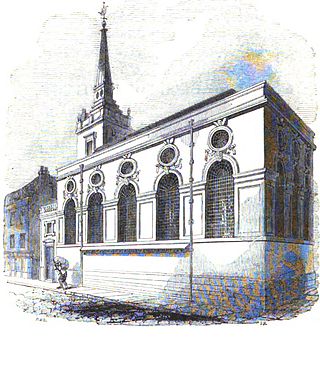
St. Michael Queenhithe was a church in the City of London located in what is now Upper Thames Street. First recorded in the 12th century, the church was destroyed during the Great Fire of London in 1666. Rebuilt by the office of Sir Christopher Wren, it was demolished in 1876.

St. Mary Magdalen Old Fish Street was a church in Castle Baynard ward of the City of London, England, located on the corner of Old Fish Street and Old Change, on land now covered by post-War development. Recorded since the 12th century, the church was destroyed in the Great Fire of London of 1666, then rebuilt by the office of Sir Christopher Wren. The rebuilt church suffered damage to its roof from a fire in an adjacent warehouse in 1886. It was not repaired and was finally demolished in 1893.

St Mary Bothaw was a parish church in the Walbrook ward of the City of London. It was destroyed in the Great Fire of London in 1666 and not rebuilt. However, some of its materials were used in the rebuilding of St Swithin, London Stone, with which parish it was merged.

St Antholin, Budge Row, or St Antholin, Watling Street, was a church in the City of London. Of medieval origin, it was rebuilt to the designs of Sir Christopher Wren, following its destruction in the Great Fire of London in 1666. The 17th-century building was demolished in 1874.

The church of St Mildred, Bread Street, stood on the east side of Bread Street in the Bread Street Ward of the City of London. It was dedicated to the 7th century Saint Mildred the Virgin, daughter of Merewald, sub-king of the West Mercians. Of medieval origin, the church was rebuilt to the designs of Sir Christopher Wren following its destruction in the Great Fire of London in 1666. One of the few City churches to retain Wren's original fittings into the 20th century, St Mildred's was destroyed by bombs in 1941.

St Christopher le Stocks was a parish church on the north side of Threadneedle Street in the Broad Street Ward of the City of London. Of Medieval origin, it was rebuilt following the Great Fire of London in 1666, but demolished in 1781 to make way for an extension of the neighbouring Bank of England.

St Mary Colechurch was a parish church in the City of London destroyed in the Great Fire of London in 1666 and not rebuilt.

All-Hallows-the-Less was a church in the City of London. Of medieval origin, it was destroyed in the Great Fire of London in 1666 and not rebuilt.

St Ann Blackfriars was a church in the City of London, in what is now Ireland Yard in the ward of Farringdon Within. The church began as a medieval parish chapel, dedicated to St Ann, within the church of the Dominicans. The new parish church was established in the 16th century to serve the inhabitants of the precincts of the former Dominican monastery, following its dissolution under King Henry VIII. It was near the Blackfriars Theatre, a fact which displeased its congregation. It was destroyed in the Great Fire of London of 1666.
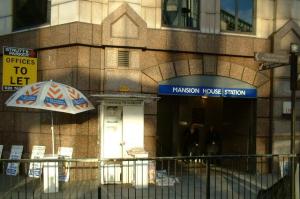
Holy Trinity the Less was a parish church in Knightrider Street in the City of London, destroyed in the Great Fire of London. Following the fire the site was used for a Lutheran church, which was eventually demolished in 1871 to make way for Mansion House underground station.

St Gabriel Fenchurch was a parish church in the Langbourn Ward of the City of London, destroyed in the Great Fire of London and not rebuilt.

St John the Evangelist Friday Street was a church in Bread Street Ward of the City of London. It was destroyed in the Great Fire of London of 1666, and not rebuilt, the parish being united with that of All Hallows, Bread Street.

St Gregory's by St Paul's was a parish church in the Castle Baynard ward of the City of London, built against the south-west tower of St Paul's Cathedral. It was destroyed in the Great Fire of London in 1666 and not replaced.
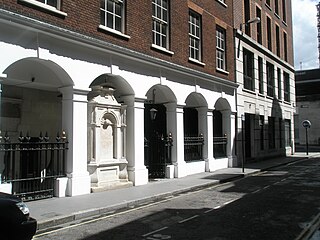
St John the Baptist upon Walbrook was a parish church in the City of London. It stood in Walbrook Ward, with parts of the parish extending into Cordwainer, Dowgate, and Vintry Wards. Of medieval origin, it was destroyed in the Great Fire of London in 1666 and not rebuilt.
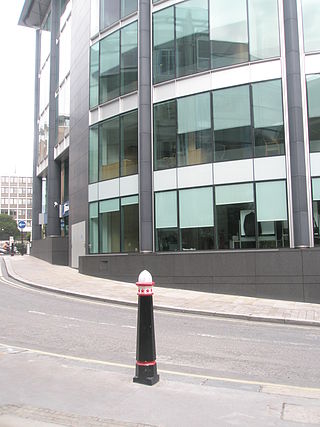
St Mary Mounthaw or Mounthaut was a parish church in Old Fish Street Hill in the City of London. Of medieval origin, it was destroyed in the Great Fire of London in 1666 and not rebuilt.
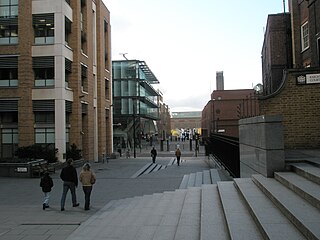
St Peter, Paul's Wharf, was a Church of England parish church in the City of London. It was destroyed in the Great Fire in 1666.
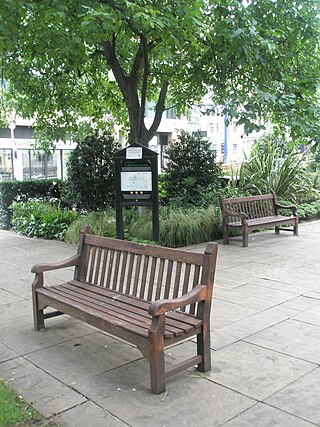
St Martin Vintry was a parish church in the Vintry ward of the City of London, England. It was destroyed in the Great Fire of London in 1666 and never rebuilt.

St Pancras, Soper Lane, was a parish church in the City of London, in England. Of medieval origin, it was destroyed in the Great Fire of London in 1666 and not rebuilt.

St Mary Woolchurch Haw was a parish church in the City of London, destroyed in the Great Fire of London of 1666 and not rebuilt. It came within the ward of Walbrook.

























